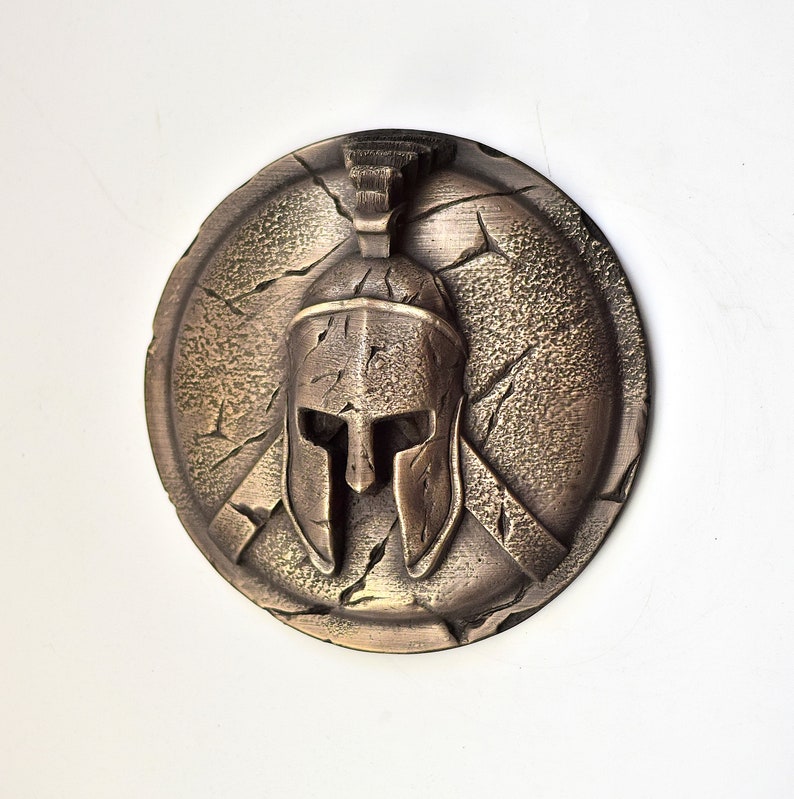

As a result, Sparta boasted some 8,500 sq km of territory (in lower Peloponnese) – which made their polis (city-state) the largest in the 8th century BC timeframe of Greece.īut, as with many episodes of war brewing their fair share of instability, Sparta was often embroiled in revolts and insurrections during this period (8th – 6th century BC) – mainly due to their rigid social order, discussed later in the article. In any case, the militaristic ways of the ancient (sometimes categorized as warlike Dorians by ancient authors) soon handed them dominion over the populace of Messenia. But, interestingly enough, as opposed to the older Neolithic legacy of Athens, the city of Sparta itself was probably a ‘new’ settlement that was founded by the Greeks in circa 10th century BC. However, beyond the narratives of Greek mythology, archaeologists have found pottery-based evidence near Sparta (city) that dates from the middle Neolithic period. Lacedaemon, in turn, married Sparta, the daughter of Eurotas, and named the country after himself and the founded city after his wife. The word ‘Lacedaemon’ also comes from Greek mythology, wherein Lacedaemon was said to have been a son of Zeus and nymph Taygete. Honorable Mention – Krypteia Society and Politics of the Spartans – The ‘Militaristic’ Origins of Sparta.Conclusion – The Rise and Decline of the Spartans.

The Perception of Cowardice in Spartan Society.The Crimson Cloaks and Long Hair of Spartans.The Demanding Agoge and the Spartan Boys.Hence the population who resided within the larger domain (as opposed to the core region of Laconia) was also referred to as the Lacedaemonians. Meanwhile ‘Sparta’ was possibly used to specify the core region in and around the city of Sparta (comprising Laconia) by the Eurotas River, in southern Greece. In the Roman era, the term Lacedaemon was often used as a generalized term to define the geographical or political domain of Sparta. Such contrasting practices were believed to mold both his fortitude and physique as per the requirement of a Spartan warrior.Īnd finally, relating to etymology, the name ‘Lacedaemonian’ (often used as a synonym for Spartan) was first attested in the Linear B – syllabic script of the Mycenaeans. Reverting to history, Spartan boys were given a diet of frugal food and sometimes bathed in wine thinned with water. Interestingly enough, archaeology has not brought forth clear-cut evidence of such a practice, although researchers have discovered remains of adults (possibly criminals) on Spartan hillsides. In any case, we should start off with what might seem fantastical but was possibly true – and it pertains to how Spartan babies were actually inspected at their birth, with the perceived ‘unworthy’ ones (or at least a few of them) being left abandoned on nearby hillsides. And while some of them have a historical basis, a few other sides are just instruments of exaggeration. The subject of Spartans has been much discussed and showcased in the realm of popular culture.


 0 kommentar(er)
0 kommentar(er)
